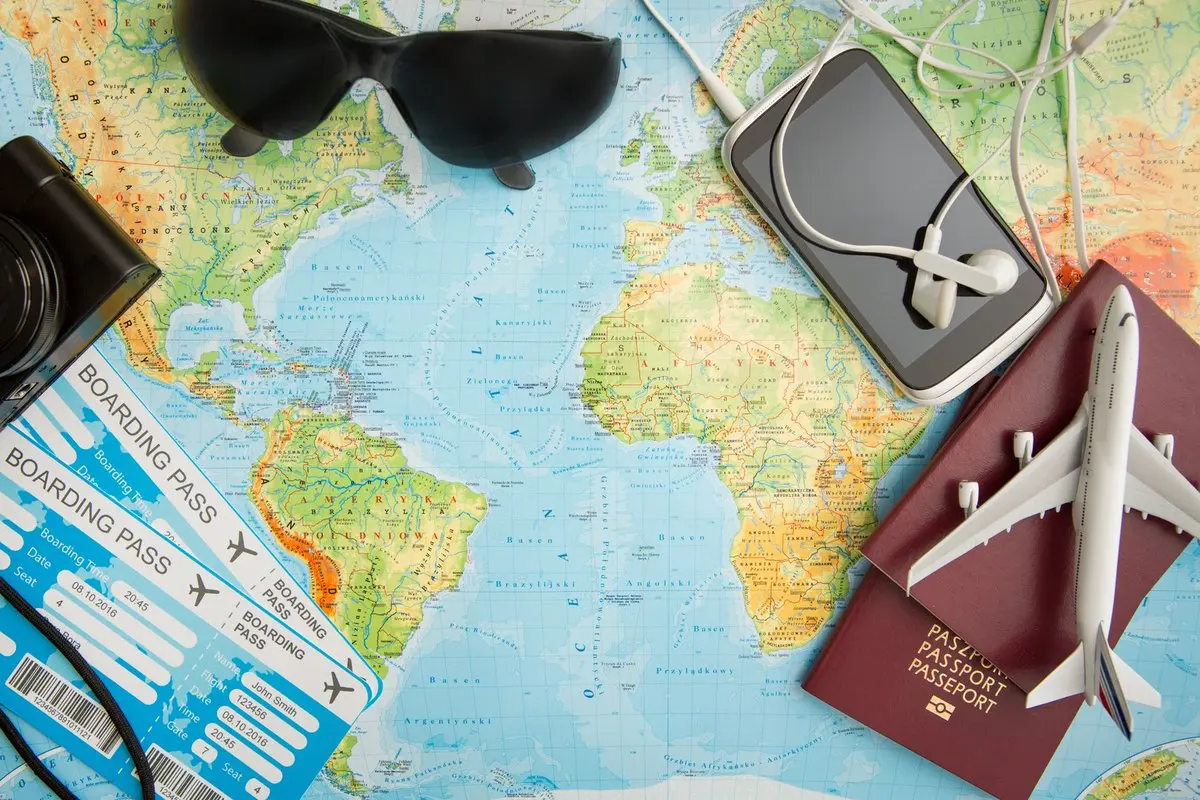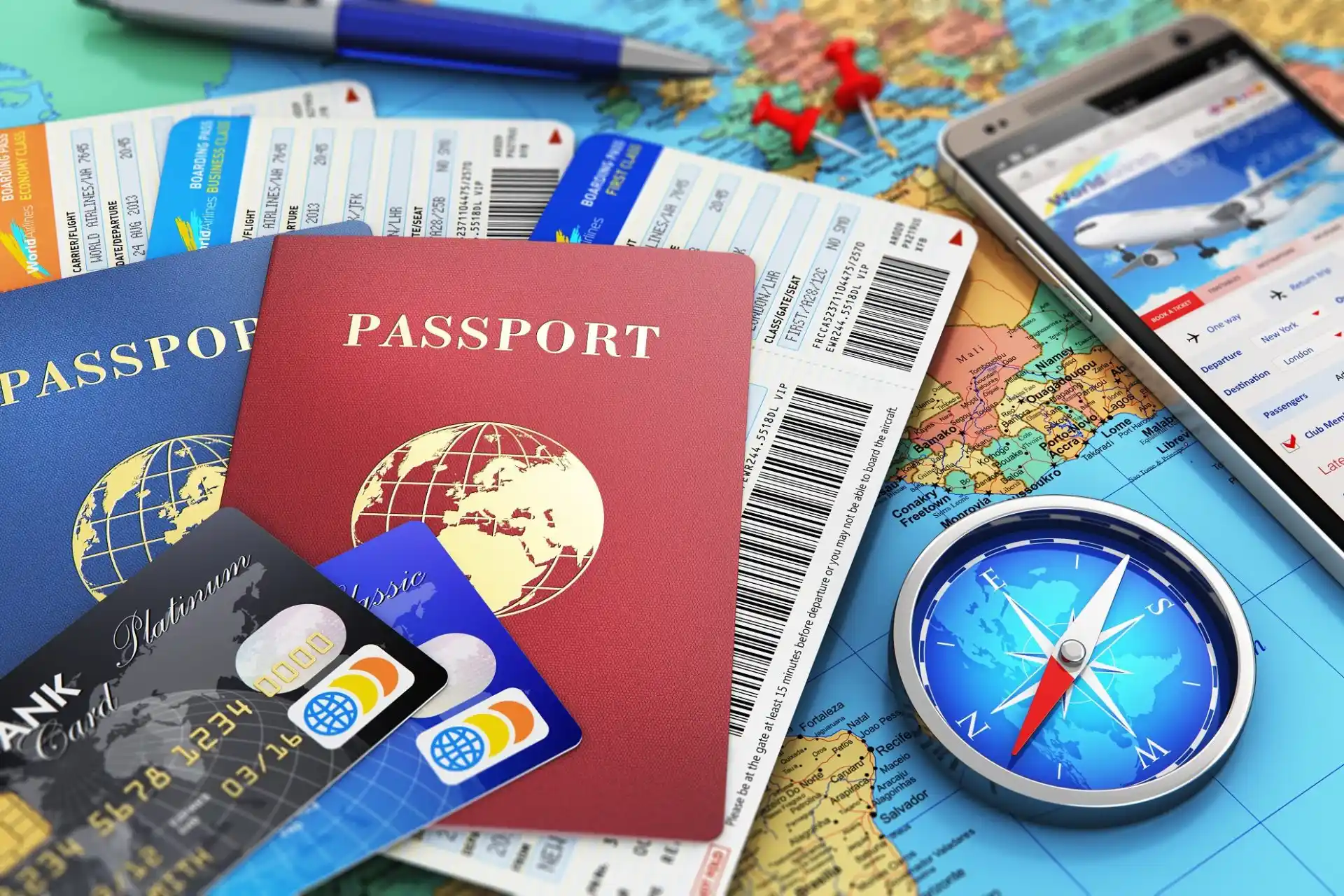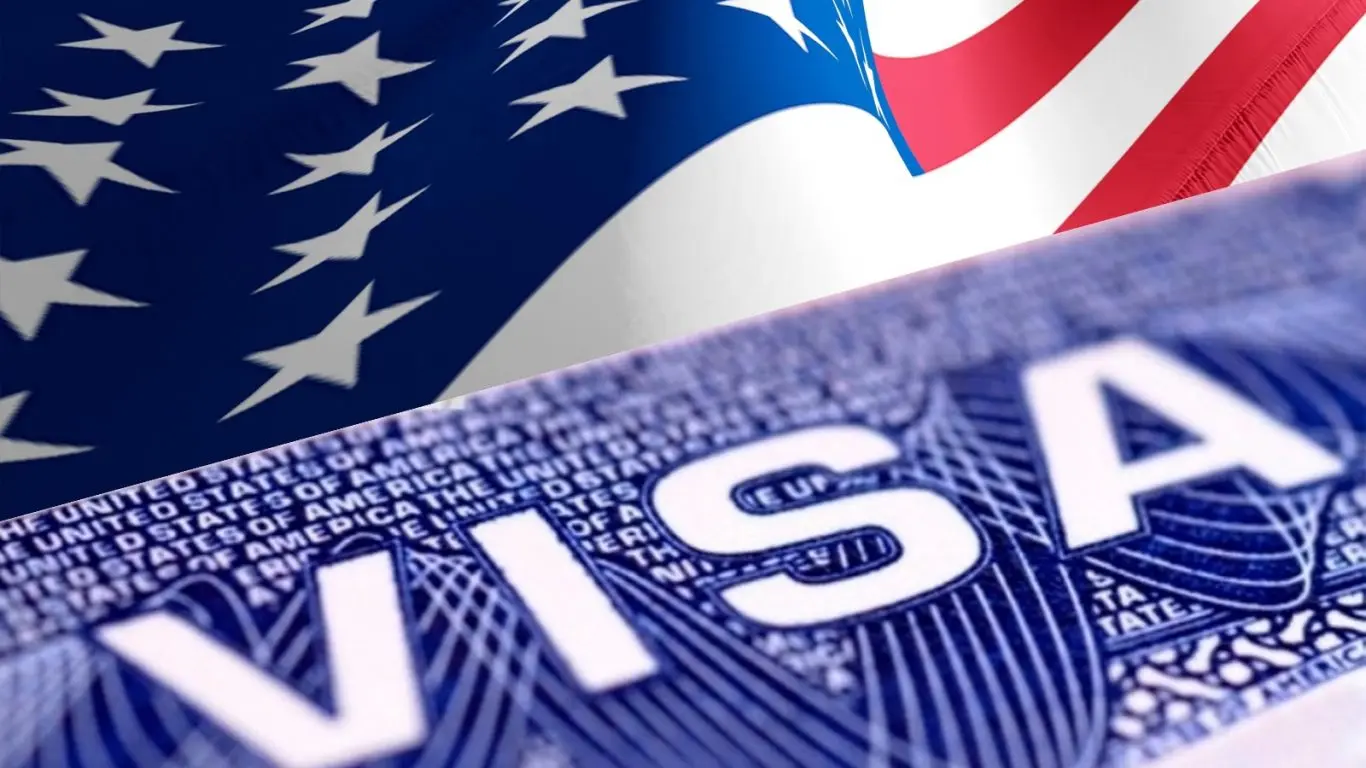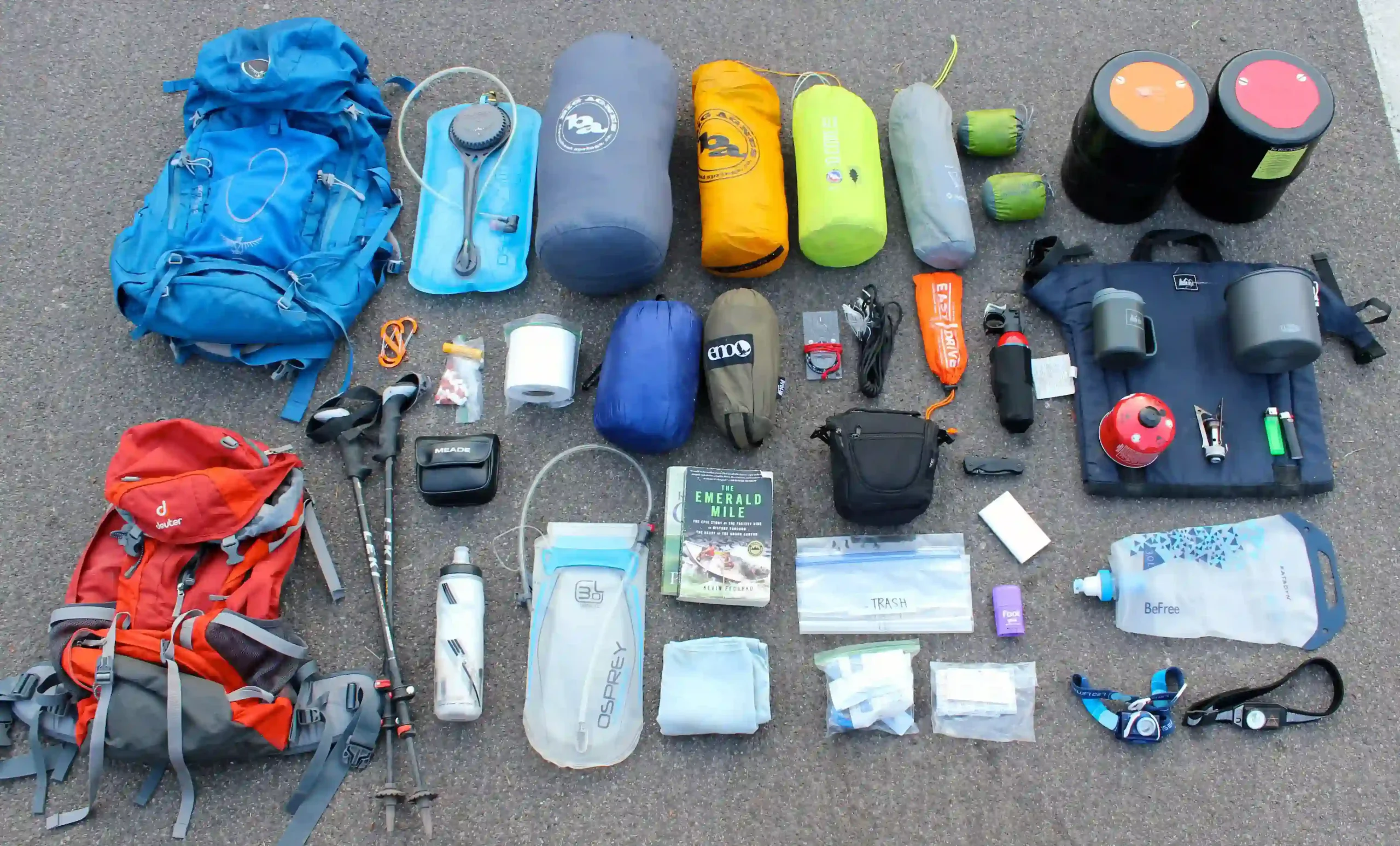Switzerland, a country renowned for its natural beauty and rich cultural heritage, stands as one of the most desirable travel destinations for people worldwide. Nestled in the heart of Europe, it offers visitors an incredible mix of modern cities, picturesque alpine villages, and dramatic mountain ranges. Whether you’re planning to explore the stunning Swiss Alps, immerse yourself in the vibrant culture of cities like Zurich and Geneva, or simply relax by the pristine lakes, Switzerland promises an unforgettable experience. For travelers from the United States, this dream destination can be easily accessible with proper planning and knowledge.
Before embarking on a journey to Switzerland, there are a number of important preparations to make, ranging from understanding the country’s visa policies to knowing the best times to visit. With its unique blend of languages and diverse regions, Switzerland offers a variety of experiences depending on the time of year and the areas you choose to explore. Knowing the right documentation, travel tips, and budgeting strategies will ensure that your visit is smooth and enjoyable, helping you get the most out of this beautiful European country.
 As you prepare for your Swiss adventure, it’s essential to know how to navigate Switzerland’s practicalities, from exchanging U.S. dollars for Swiss Francs to packing for the varying weather conditions you might encounter. This checklist will guide you through all the necessary steps to ensure your trip is well-organized and stress-free. With this comprehensive guide, you’ll have all the information you need to enjoy Switzerland’s stunning landscapes, world-class attractions, and rich cultural experiences.
As you prepare for your Swiss adventure, it’s essential to know how to navigate Switzerland’s practicalities, from exchanging U.S. dollars for Swiss Francs to packing for the varying weather conditions you might encounter. This checklist will guide you through all the necessary steps to ensure your trip is well-organized and stress-free. With this comprehensive guide, you’ll have all the information you need to enjoy Switzerland’s stunning landscapes, world-class attractions, and rich cultural experiences.
Required Documents for Travel to Switzerland

Traveling to Switzerland from the United States involves several important documentation steps to ensure a hassle-free experience. While U.S. citizens can stay in Switzerland for up to 90 days without a visa under the Schengen Area agreement, there are still certain essential documents you must carry.
1. Passport:
Your U.S. passport is the most crucial travel document when visiting Switzerland. It must be valid for at least three months beyond your planned departure date from the Schengen Area. Make sure that there are at least two blank pages for stamps.
2. ESTA or Schengen Visa (if applicable):
While U.S. citizens do not require a visa for short stays, travelers planning to stay longer than 90 days or engaging in business activities may need to apply for a Schengen visa. Ensure you check the visa requirements well in advance if your travel plans exceed the 90-day limit.
3. Travel Insurance:
It is highly recommended to purchase travel insurance for your trip to Switzerland. The insurance should cover medical emergencies, trip cancellations, and lost luggage. Some travel insurance policies are mandatory to qualify for a Schengen visa.
4. Proof of Funds:
Swiss authorities may ask for proof of sufficient funds to support your stay. This can include bank statements, pay stubs, or evidence of any pre-paid travel accommodations.
5. Return Ticket:
Ensure you have a return flight ticket that proves your intent to leave Switzerland at the end of your visit. This is another requirement for Schengen visa applicants.
Tourist Visa
For U.S. citizens, a tourist visa is generally not required for stays of 90 days or less. However, travelers planning to stay longer or engage in certain activities, such as work or study, will need to apply for a visa at the Swiss embassy or consulate in the U.S. Ensure you prepare the necessary documents, such as an invitation letter (if applicable), proof of accommodation, and financial stability.
Currency in Switzerland
Switzerland has its own currency, the Swiss Franc (CHF), and it is crucial to be prepared with the right currency when traveling from the U.S. While many places accept credit and debit cards, especially in major cities, it is still recommended to carry some cash for smaller towns, public transportation, and rural areas.
Currency Exchange Tips:
- It is advisable to exchange your U.S. dollars for Swiss Francs before arriving in Switzerland to avoid unfavorable exchange rates.
- ATMs are widely available in Switzerland, and they offer competitive exchange rates, but be aware of foreign transaction fees that some U.S. banks charge.
- Credit cards are widely accepted in Switzerland, but check whether your card has foreign transaction fees.
Spoken Languages in Switzerland
Switzerland is a multilingual country with four official languages: German, French, Italian, and Romansh. However, the dominant languages spoken vary by region:
1. German:
The majority of Swiss citizens speak German (around 60%), especially in the central and eastern regions of the country. In cities like Zurich, Bern, and Basel, German is the primary language for business and communication.
2. French:
In the western part of Switzerland, particularly in cities such as Geneva and Lausanne, French is widely spoken. Knowing some basic French phrases can be helpful when visiting these regions.
3. Italian:
In the southern region, near the border with Italy, Italian is the predominant language, especially in cities like Lugano and Bellinzona.
4. Romansh:
Romansh, the least common of the official languages, is spoken in some areas of the canton of Graubünden.
Though the Swiss people are multilingual, English is commonly spoken in major tourist destinations, hotels, and restaurants, so knowing a few basic phrases in the official languages will enhance your travel experience.
Perfect Time to Visit Switzerland

Switzerland is a year-round destination, offering something for everyone. The best time to visit depends on the type of activities you want to enjoy:
Winter (December to March):
Winter is ideal for those who enjoy skiing and snowboarding, with world-renowned resorts like Zermatt, St. Moritz, and Verbier. The snow-capped mountains provide stunning views and a magical atmosphere.
Spring (April to June):
Spring is perfect for hiking and sightseeing, as the weather is mild, and the alpine flowers are in bloom. You can explore Switzerland’s lakes, such as Lake Geneva and Lake Lucerne, which are especially picturesque during this season.
Summer (July to September):
Summer is the peak tourist season, offering warm temperatures and excellent conditions for outdoor activities like mountain biking, paragliding, and lake cruises. The landscapes are lush and green, and there are numerous festivals and events during this period.
Autumn (October to November):
Autumn is a quieter time to visit Switzerland, with cooler temperatures and colorful foliage. This is an ideal time for wine tasting in the vineyards of the Lavaux region and exploring the Swiss countryside.
Budget for a Trip to Switzerland
Switzerland is known for being an expensive destination, but with proper planning, you can manage your budget effectively. Here’s a breakdown of typical costs for a trip to Switzerland:
1. Accommodation:
- Budget: Hostels and guesthouses start at $50-$100 per night.
- Mid-range: Hotels and Airbnbs average $150-$300 per night.
- Luxury: High-end hotels can cost upwards of $400 per night.
2. Transportation:
- Trains: A Swiss Travel Pass can provide unlimited travel on trains, buses, and boats for $75-$100 per day.
- Public transport: Cities have efficient trams and buses, costing around $3-$5 per ride.
3. Food:
- Budget: Street food or fast food can cost between $10-$15 per meal.
- Mid-range: A meal at a casual restaurant typically ranges from $20-$50.
- Luxury: Fine dining experiences start from $100 per person.
4. Sightseeing and Activities:
Many popular attractions, such as the Jungfrau or Matterhorn, may charge an entry fee of $20-$50. However, the breathtaking natural beauty and outdoor activities are often free or low-cost.
List of Famous Destinations in Switzerland
Switzerland offers a wide range of incredible destinations to explore. Some of the must-visit places include:
1. Zermatt and the Matterhorn
Zermatt is famous for the iconic Matterhorn mountain, one of the most recognizable peaks in the world. The area is a paradise for skiers, hikers, and mountain enthusiasts.
2. Lucerne
Lucerne is a picturesque city with a stunning lake, medieval architecture, and charming bridges. Visit the Chapel Bridge, the Lion Monument, and enjoy a boat tour on Lake Lucerne.
3. Interlaken
Nestled between Lake Thun and Lake Brienz, Interlaken is renowned for its adventure sports like skydiving and paragliding. It’s also a great base for exploring the nearby Jungfrau Region.
4. Zurich
Zurich, Switzerland’s largest city, offers a mix of modern culture and history. Stroll along Lake Zurich, explore the Old Town, and visit the Swiss National Museum.
5. Geneva
Located by the beautiful Lake Geneva, the city is famous for its international organizations, including the United Nations, as well as attractions like the Jet d’Eau fountain and the Old Town.
Travel Packing List

When traveling to Switzerland, packing smartly is essential to ensure a comfortable trip. Here’s a comprehensive packing list to get you prepared:
- Weather-Appropriate Clothing: Switzerland’s weather can change rapidly, especially in the mountains. Pack layers, including a waterproof jacket, thermal undergarments, sturdy hiking boots, and a sunhat for sunny days.
- Camera Gear: Switzerland’s scenery is breathtaking, so don’t forget to bring a high-quality camera, extra batteries, and memory cards.
- Adapters and Power Banks: Switzerland uses Type C and Type J plugs (230V, 50Hz), so pack an adapter if your devices use a different plug type.
- Travel Guide: A Swiss travel guidebook or offline map can be useful, especially for hiking trips.
Before you hop on the plane from the United States to Switzerland, there are a few things that you must pack to ensure your trip is not only enjoyable but also comfortable and hassle-free. Switzerland, known for its pristine landscapes and variable weather, requires careful packing to be fully prepared for all the activities and weather conditions you might encounter. Whether you’re planning to explore Swiss cities, take in the natural beauty of the Swiss Alps, or engage in exciting outdoor activities, we’ve made a detailed list of essential items you should bring along to make your travel experience smooth and memorable.
Clothing Essentials for Every Season in Switzerland
Switzerland’s weather can vary greatly depending on the region and the time of year. The country experiences all four seasons, with the mountains being significantly cooler than the cities. Therefore, it’s important to pack accordingly.
- Clothes According to the Season: Always check the weather forecast before packing to ensure you bring clothes suited to the conditions during your trip.
- Short Sleeve T-shirts: Great for spring and summer days when temperatures are warm, especially in the cities like Zurich and Geneva.
- Long Sleeve T-shirts: Ideal for layering during cooler spring or autumn days, or for cooler evenings in the cities.
- Sportswear: Perfect for outdoor activities like hiking, biking, or skiing. Choose moisture-wicking fabrics to keep you dry and comfortable.
- Trousers: Pack a mix of comfortable pants for casual outings and nicer trousers for dinners or sightseeing trips.
- Nice Jacket for City Sightseeing: A smart jacket for urban sightseeing in cities like Lucerne and Basel can elevate your look while keeping you comfortable.
- Warm Jacket for the Mountains: Switzerland’s mountains can be cold, even in the summer, so don’t forget a warm, insulated jacket if you plan to head up to places like the Jungfrau or Zermatt.
- Rain Jacket: Switzerland can be unpredictable, with rain showers occurring even in the summer months, so pack a lightweight, breathable rain jacket.
- Swimsuit: If you’re planning on enjoying a swim in Swiss lakes or in an indoor pool, be sure to pack a swimsuit.
- Socks & Underwear: Comfortable socks and enough underwear for your trip are essential.
- Ski Wear (if going skiing): If you plan on visiting ski resorts like St. Moritz or Zermatt, ensure you pack ski clothes such as thermal base layers, waterproof trousers, and ski gloves.
Footwear for Comfort and Versatility
Choosing the right pair of shoes is crucial for a comfortable trip, especially when you’re walking around the cities or exploring nature.
- Comfortable Shoes: Bring sturdy walking shoes or sneakers that can handle walking around urban areas and some light hiking if you’re planning to explore the natural beauty of Switzerland.
- Winter Boots: If you’re visiting during the colder months or going skiing, make sure to bring waterproof winter boots to keep your feet warm and dry.
Gadgets and Electronics
Switzerland’s stunning landscapes will likely inspire you to capture many photos and videos. Ensure that your devices are well-prepared for the trip.
- Smartphone & Charger: A smartphone is essential for navigation, communication, and staying connected with loved ones. Don’t forget your charger and any accessories you may need.
- Power Bank: A portable power bank can be a lifesaver during long sightseeing days, ensuring you always have enough charge to capture moments or navigate.
- Camera & Charger: If you’re serious about photography, don’t forget your camera and the charger. You’ll want to capture Switzerland’s picturesque views.
- Additional Batteries: Whether it’s for your camera or smartphone, always pack extra batteries so you don’t run out of power while exploring.
- Travel Adapter Plug for Switzerland: Switzerland uses Type C and Type J plugs, so you’ll need an adapter to charge your devices.
- Kindle or E-Reader: If you’re someone who loves to read while traveling, a Kindle is lightweight and perfect for long train rides or relaxing by the lake.
- Waterproof Bag for Gadgets: Keeping your electronics safe from rain or splashes while hiking or on boat rides is essential.
Travel Accessories for Comfort and Convenience
A few small accessories can go a long way in making your journey to Switzerland more comfortable and enjoyable.
- Umbrella: Switzerland’s weather can be unpredictable, so it’s always a good idea to bring a compact umbrella to protect yourself from sudden rain showers.
- Sunglasses: Protect your eyes from the bright Swiss sun, especially when exploring the mountains or enjoying lakeside views.
- Summer Cap & Warm Hat: A summer cap is useful for sunny days, while a warm hat can help protect your head and ears in cold, mountainous regions.
- Gloves & Scarf (Winter): If you’re traveling during winter, don’t forget gloves and a scarf to stay warm in the colder climates of Switzerland’s alpine areas.
Personal Care Essentials for Your Trip
Taking care of your personal hygiene and comfort during the trip is equally important. Here’s a list of personal care items to make your stay in Switzerland as comfortable as possible:
- Toothbrush & Toothpaste: Keep your dental hygiene in check with a travel-size toothbrush and toothpaste.
- Hairbrush: A compact, travel-friendly hairbrush will help you manage your hair while on the go.
- Towel: A quick-drying, lightweight travel towel is useful for both hotel stays and outdoor activities.
- Sun Cream: Whether you’re hiking in the mountains or strolling through the streets, protect your skin from harmful UV rays by packing sun cream.
- Travel Medicine: It’s always wise to carry some headache pills, sunburn lotion, and basic over-the-counter remedies in case you fall ill while traveling.
- First Aid Kit & Band-Aid: Minor accidents can happen, so a first aid kit with band-aids, antiseptic wipes, and any necessary medications will be useful during your trip.
Conclusion
Visiting Switzerland is an exciting and enriching experience, with its natural beauty, charming cities, and high-quality services. By following this checklist, you’ll be well-prepared to make the most of your trip. From obtaining the necessary travel documents to carefully budgeting and packing, each step will ensure a smooth journey. With breathtaking landscapes and top-tier attractions awaiting, your time in Switzerland will be one for the books!
FAQs:
- What are the essential things to pack for a winter trip to Switzerland? For winter trips, pack a warm jacket, ski wear, gloves, a scarf, waterproof boots, thermal clothing, and accessories like a warm hat and sunglasses. Don’t forget a travel adapter and power bank to ensure your gadgets stay charged.
- Is it necessary to carry a camera when traveling to Switzerland? While not mandatory, Switzerland’s landscapes are some of the most picturesque in the world. A camera, along with extra batteries, can help you capture unforgettable moments. Alternatively, your smartphone could suffice.
- Do I need a power bank for my trip to Switzerland? It’s highly recommended to bring a power bank, especially if you plan on exploring remote areas where charging points might be scarce. Having backup power for your devices will ensure you don’t run out of battery while sightseeing.
- What items should I bring for outdoor activities in Switzerland? For activities like hiking, skiing, or mountain biking, pack sportswear, a rain jacket, and proper footwear. Don’t forget gadgets like a camera and portable charger, as well as a waterproof bag to protect your electronics.
- How do I ensure my electronics are ready for Switzerland? Since Switzerland uses Type C and Type J plugs, ensure you bring a suitable travel adapter. It’s also essential to pack a camera charger, smartphone charger, and any extra batteries to keep your devices charged throughout your trip.

















